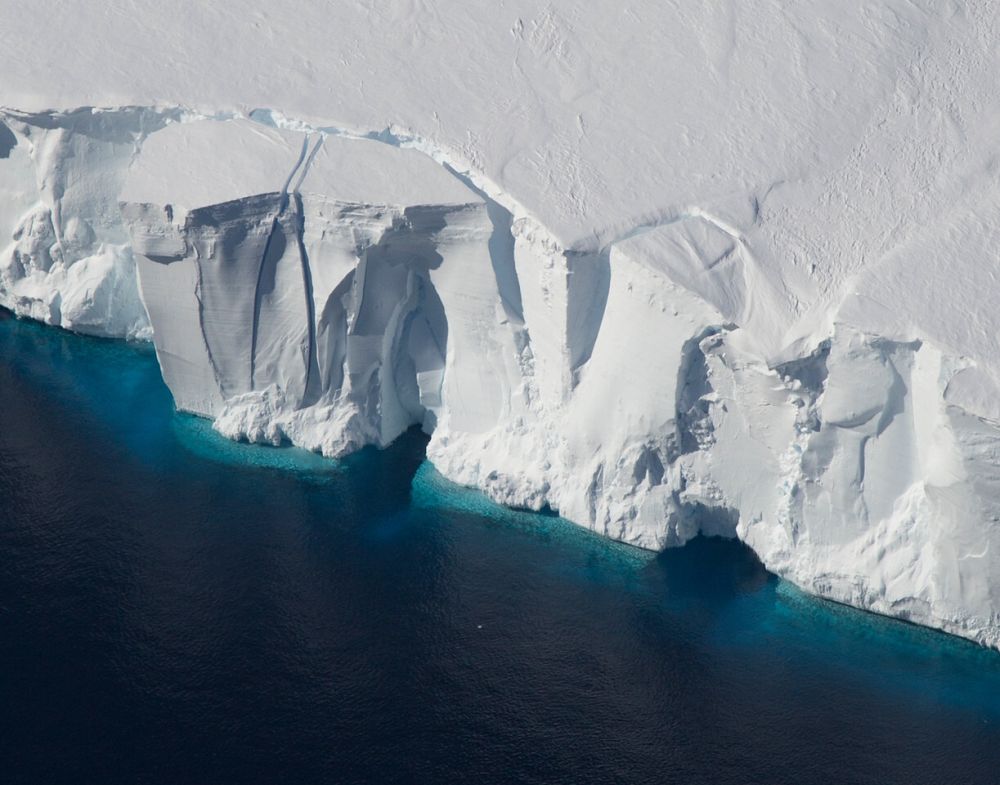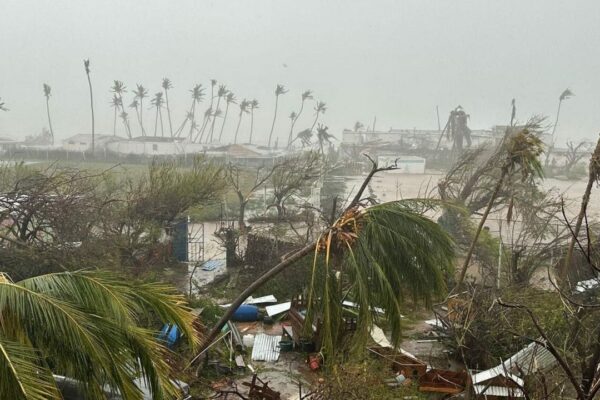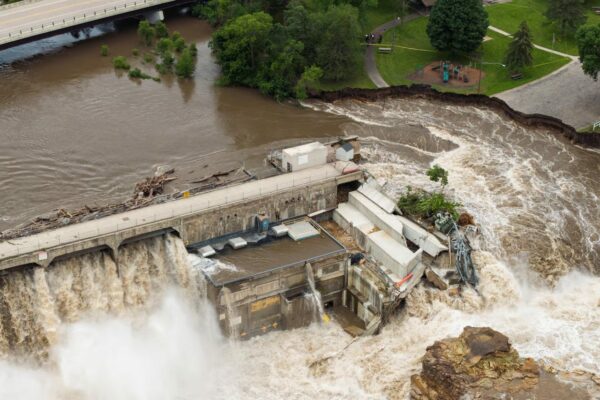Increasing Temperatures and Melting Ice Sheets Could Add 15-Inches to Sea Level by 2100
An international team of over 60 scientists has generated new estimates that increasing temperatures and rapidly melting ice sheets could add 15 inches to sea level by 2100. The pace at which Greenland and Antarctica’s ice sheets could together contribute over a foot of global sea-level rise.
Results from this study are aligned with projections in the Intergovernmental Panel on Climate Change’s (IPCC) 2019 Special Report on Oceans and the Cryosphere. Melting ice sheets add about a third of the total global seas level rise.
The new results were published in the journal The Cryosphere, come from the Ice Sheet Model Intercomparison Project (ISMIP6) led by NASA’s Goddard Space Flight Center in Greenbelt, Maryland. This study was conducted to estimate the impact of global warming and climate change on melting ice sheets, comprehend its origins and trace sea level rise.

Image: NASA/Jeremy Harbeck
Project leader and ice scientist Sophie Nowicki, now at the University at Buffalo, and formerly at NASA Goddard, said,
One of the biggest uncertainties when it comes to how much sea level will rise in the future is how much the ice sheets will contribute. And how much the ice sheets contribute is really dependent on what the climate will do.
The ISMIP6 team examined two different situations the IPCC has established for the future climate to predict sea-level rise between 2015 and 2100: one with carbon emissions growing speedily and another with lesser emissions. The IPCC report anticipated that Greenland would contribute 3.1 to 10.6 inches to global sea-level rise between 2000-2100, while Antarctica could contribute 1.2 to 11 inches.
Also Read: Earth Losing Ice Cover at Rapid Pace
While it is perfectly clear that Greenland is losing its ice mass at a rapid pace, ice loss from the Antarctic ice sheet is a bit difficult to predict. In western Antarctica, warm ocean currents wear down the bottom of large floating ice shelves, whereas the massive East Antarctic ice sheet gain mass, as warm temperatures cause increased snowfall.
The report indicates a wide range of possibilities – from ice sheet change that decreases sea level by 3.1 inches, to increasing it by 12 inches by the end of the century.
The Amundsen Sea region in West Antarctica and Wilkes Land in East Antarctica are the two regions most sensitive to warming ocean temperatures and changing currents, and will continue to lose large amounts of ice. With these new results, we can focus our efforts in the correct direction and know what needs to be worked on to continue improving the projections.
said Hélène Seroussi, an ice scientist at NASA’s Jet Propulsion Laboratory in Southern California. Seroussi led the Antarctic ice sheet modeling in the ISMIP6 effort.
The new results will help form the Sixth IPCC report that is scheduled for release in 2022. If the projection of the report comes true, the earth could be facing catastrophic disasters in the coming time.


